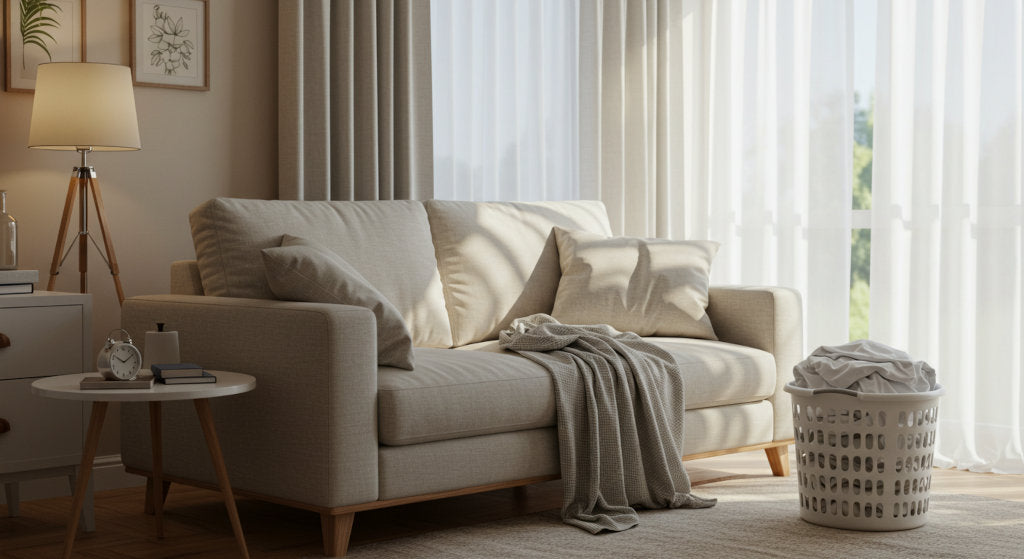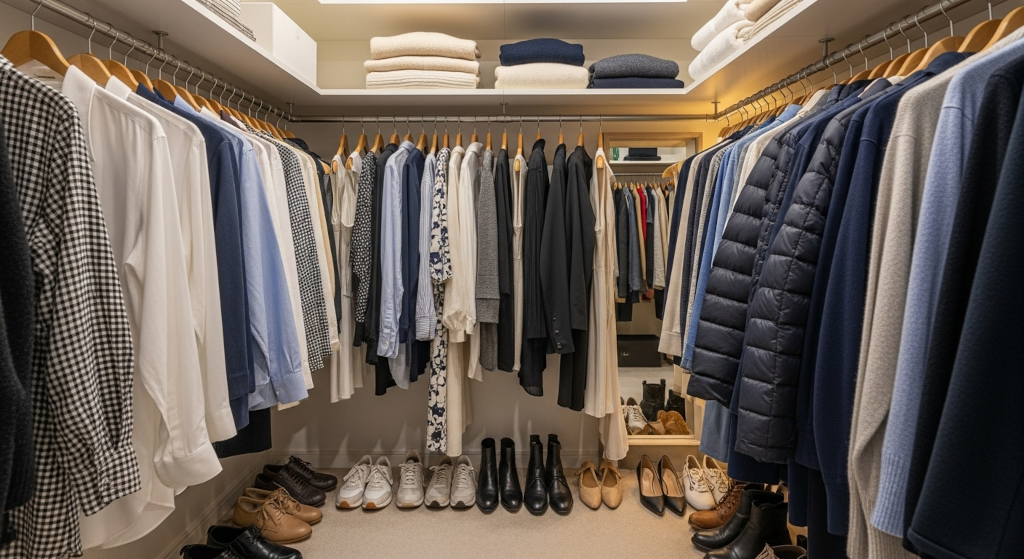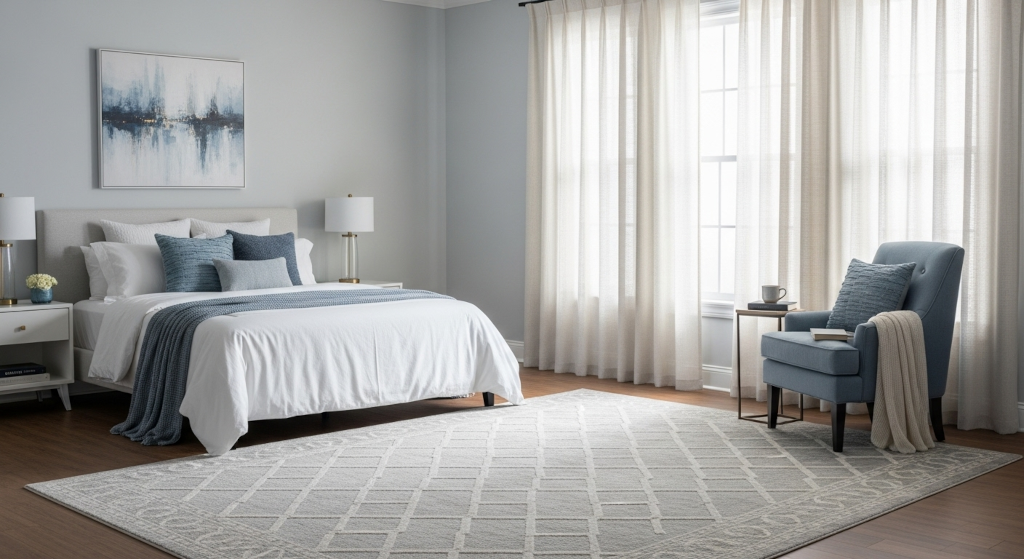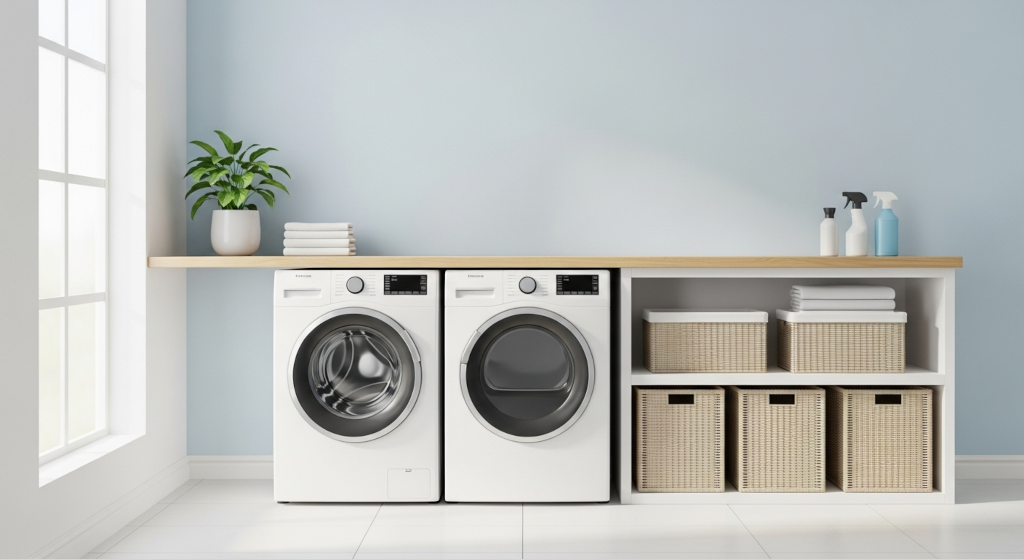When a stomach bug hits your home, cleanup is often focused on stopping the spread of germs. But what about the odors that seem to stick around long after the fever fades? The scent can linger in fabric, carpets, and even the air, making recovery feel less than complete. Acting quickly and targeting the right spots can stop those smells before they become a long-term problem.
Why Speed Matters in Odor Prevention
Unpleasant smells from a stomach bug come from organic matter that clings to porous materials. The longer it sits, the deeper it seeps into fibers, padding, and crevices. Odors from illness are particularly stubborn because they’re often warm, moisture-heavy, and protein-based, making them a feast for bacteria that worsen the smell over time.
Cleaning alone removes visible mess, but odor molecules can remain. That’s why the most effective strategy is a two-step approach: clean the area thoroughly, then immediately follow with a quality odor-neutralizing spray designed to break down the source rather than mask it.
Target the Hot Zones First
Certain spots in your home are more prone to trapping and holding on to odor after an illness. These areas should always be your first priority:
-
Upholstered furniture and throw pillows that are used during recovery
-
Carpets, rugs, and hallway runners in high-traffic areas
-
Car interiors, if the bug struck on the road
-
Bedding, blankets, and decorative cushions that came in contact with the sick person
Hitting these zones immediately gives you a much better chance of keeping the smell from settling. Even if something appears clean, invisible odor particles can remain without a follow-up spray treatment.
Pre-Treat Before You Wash
If items like bedding, blankets, or removable cushion covers are machine-washable, give them a light spray with an odor neutralizer before they go in the wash. This pre-treatment starts breaking down scent molecules before they mix with other laundry in your machine.
For non-washable items such as couches or recliners, spot-clean with a fabric-safe cleaner, then mist with a trusted odor spray to reach deep into seams, tufts, and folds where odor hides. This extra step can mean the difference between fresh-smelling furniture and a lingering, stale reminder of the illness.
Don’t Forget About the Car
Many people overlook their car when dealing with post-illness cleanup, but confined spaces make odors stronger and longer-lasting. If the stomach bug struck while traveling, the heat inside the vehicle can amplify the scent.

Vacuum the upholstery, mats, and trunk area. Wipe down any hard surfaces, and apply odor spray to fabric areas like seats, headrests, and carpeted flooring. Roll down the windows for ventilation, letting fresh air circulate for at least 15 minutes after spraying.
Improve Airflow Inside the House
Even after treating all surfaces, the air itself can carry unpleasant reminders. Whenever the weather allows, open windows in multiple rooms to create cross-ventilation. For a faster reset, use fans to move air toward open windows or doors.
Replacing HVAC filters can also make a difference, especially if the illness lasted several days. Filters trap odor particles along with dust and debris, so a fresh one helps prevent stale air from circulating again.
Keep the Odor from Returning
The final step after a stomach bug is to maintain a light prevention routine until you’re confident every odor source is gone. This doesn’t require deep cleaning every day, just small, consistent actions.
For example:
-
Lightly spray furniture and rugs every other day for a week
-
Keep windows open for short periods when the weather permits
-
Empty household trash more frequently than usual
-
Store an odor spray in both the kitchen and bathroom for quick access
These short bursts of attention keep the smell from creeping back and eliminate any particles that may have been missed in the initial cleaning.
Quick Action Makes All the Difference
The key to odor control after a stomach bug isn’t just cleaning; it’s acting quickly, targeting high-risk areas, and pairing your cleaning with the right spray to break down the source of the smell.
By focusing on soft surfaces, improving airflow, and pre-treating washable items, you can reset your home in hours instead of fighting odors for days. The faster you respond, the more confident you can be that your home smells as fresh as it looks.








